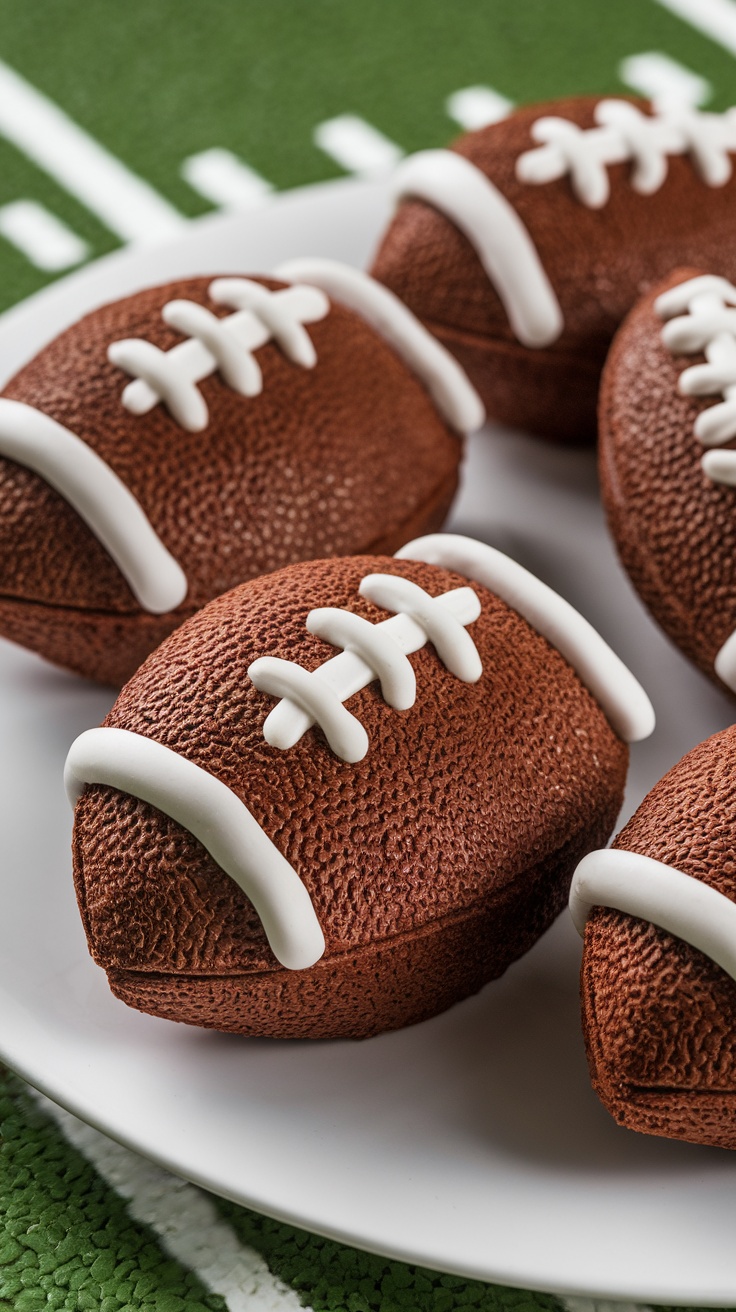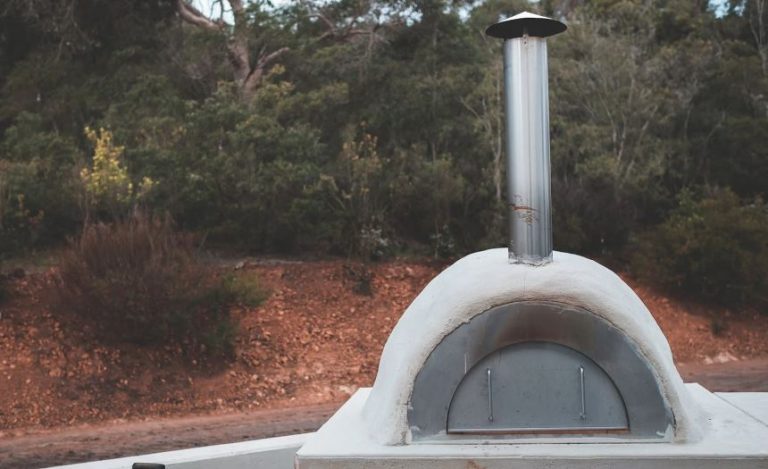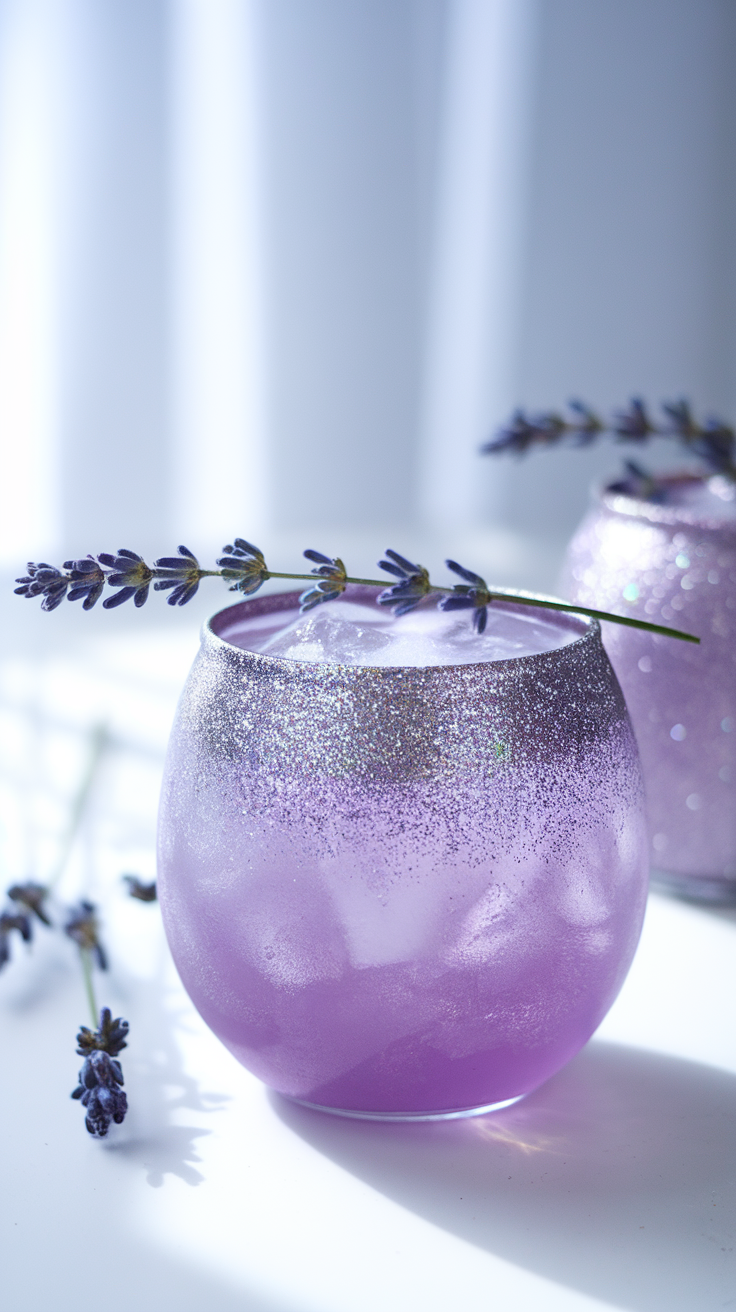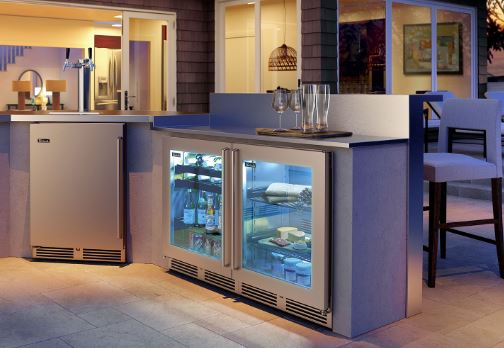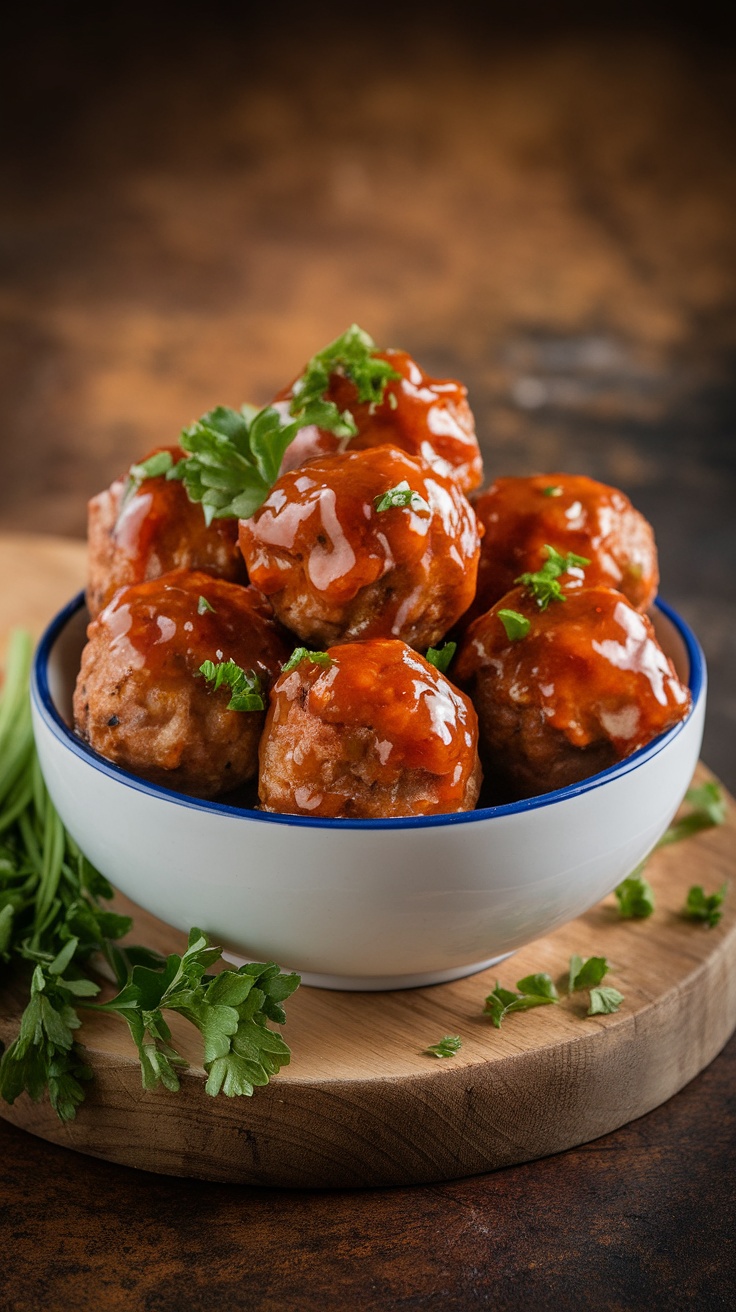What Is a Chiminea Used For? A Comprehensive Guide to Chiminea Usage
What Is a Chiminea Used For? A Comprehensive Guide to Chiminea Usage
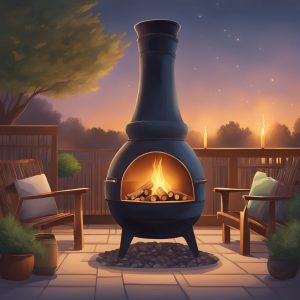
A chiminea is an outdoor fireplace that has become increasingly popular in recent years. It is a great addition to any backyard or patio, providing warmth and ambiance for outdoor gatherings.
Chimineas come in various materials, including clay, cast iron, and steel. They are designed to be used with wood or charcoal and can be used for cooking as well as heating.
Understanding the practical uses of a chiminea is important when considering purchasing one.
Chimineas can be used for heating outdoor spaces, providing warmth on chilly evenings. They can also be used for cooking, with some models even having grills built into them.
Additionally, chimineas can add a decorative element to your outdoor space, with their unique designs and styles.
Chiminea safety and maintenance are also important considerations.
It is essential to follow the manufacturer’s instructions for use and to place the chiminea on a stable surface away from flammable materials.
Regular cleaning and maintenance will help to ensure the longevity of your chiminea.
Key Takeaways
- Chimineas are outdoor fireplaces that can be used for heating, cooking, and decoration.
- Proper safety and maintenance are important for the safe use and longevity of your chiminea.
- When selecting a chiminea, consider the material, size, and intended use.
Understanding Chimineas
Chimineas are outdoor fireplaces that have been used for centuries. They come in various materials, designs, sizes, and shapes.
Chimineas are used for a variety of purposes, including cooking, heating, and creating a cozy atmosphere in your outdoor living space.
Materials and Design
Chimineas are typically made of clay, steel, cast iron, terracotta, cast aluminum, or copper. Each material has its own unique properties that affect the performance and durability of the chiminea.
Clay chimineas are the most traditional and popular type of chiminea. They are made of natural clay and are usually handcrafted. They are known for their rustic look and feel, and they provide excellent heat retention.
Steel and cast iron chimineas are more modern and durable than clay chimineas. They are available in a variety of designs and sizes and provide excellent heat output. They are also more weather-resistant than clay chimineas.
Terracotta chimineas are similar to clay chimineas but are made of a special type of clay that is more durable and weather-resistant.
Cast aluminum and copper chimineas are the most expensive but are also the most durable and weather-resistant. They are available in a variety of designs and sizes and provide excellent heat output.
Types and Sizes
Chimineas come in various types and sizes, including traditional, modern, and portable.
Traditional chimineas are usually made of clay and have a rustic design. Modern chimineas are made of steel, cast iron, or other durable materials and have a sleek design. Portable chimineas are small and lightweight and can be easily moved around your outdoor living space.
Chimineas also come in various sizes, ranging from small to extra-large.
The size of the chiminea you choose will depend on the size of your outdoor living space and the number of people you plan to entertain.
A small chiminea is suitable for a small patio or balcony, while an extra-large chiminea is ideal for a large backyard or outdoor living area.
Practical Uses of Chimineas
Chimineas are versatile outdoor fireplaces that can be used for both practical and aesthetic purposes. In this section, we will explore the practical uses of chimineas, including heating and ambiance, cooking and entertainment.
Heating and Ambiance
Chimineas are an excellent source of heat and can provide warmth on chilly nights. They are designed to burn wood, which produces heat and light.
Unlike fire pits, chimineas have a chimney that directs the smoke up and away from the seating area, making them a great option for those who want to enjoy the warmth of a fire without the smoke.
In addition to providing heat, chimineas also create a cozy ambiance. The flickering flames and warm glow of the fire can create a relaxing atmosphere that is perfect for unwinding after a long day.
Cooking and Entertainment
Chimineas are not just for heating and ambiance; they can also be used for cooking and entertainment.
Some chimineas come with grills or cooking surfaces that allow you to cook food over an open flame. This can be a fun and unique way to prepare meals for your family and friends.
In addition to cooking, chimineas can also be used for entertainment.
You can roast marshmallows over the fire or tell stories while sitting around the fire. The warm glow of the fire can create a cozy and intimate atmosphere that is perfect for spending time with loved ones.
Chiminea Safety and Maintenance
Chimineas are a great addition to any outdoor space, providing warmth and a cozy ambiance. However, it is important to follow proper safety and maintenance procedures to ensure that you can enjoy your chiminea for years to come. In this section, we will cover the key points of installation, placement, care, and upkeep of your chiminea.
Installation and Placement
When installing your chiminea, make sure to place it on a flat, non-combustible surface, such as a concrete or brick patio.
Never place your chiminea on a wooden deck without proper protection, as the high temperatures it can reach while being used can set the deck on fire.
It is recommended to place a layer of sand in the bottom of the chiminea to protect the bottom from cracking due to high heat.
Make sure to place your chiminea away from eaves and overhanging branches to prevent the risk of fire.
It is also important to use a chiminea cover to protect it from rain and moisture, which can cause rust and damage to the chiminea.
Care and Upkeep
Proper care and upkeep of your chiminea are essential to ensure its longevity.
After each use, remove any remaining ash and debris from the chiminea. This will help prevent rust and make it easier to start a fire the next time you use it.
If your chiminea is made of clay, you should also control the flame and heat to prevent cracking. You can do this by starting with small fires and gradually building up to larger ones.
It is also recommended to apply a coat of paint to the exterior of the chiminea to protect it from the elements.
Regular cleaning is also important to keep your chiminea in good condition.
Use a soft-bristled brush to remove any dirt or debris from the exterior, and a damp cloth to wipe down the interior.
Selecting the Right Chiminea
A chiminea is a great addition to any outdoor space. It adds warmth, ambiance, and a cozy feel to your patio or backyard. However, choosing the right chiminea can be a daunting task. With so many options available, it’s important to consider a few factors before making your purchase.
Factors to Consider
When selecting a chiminea, there are several factors to consider. These include:
- Materials: Chimineas are made from a variety of materials, including clay, cast iron, steel, and copper. Each material has its pros and cons, so it’s important to choose one that fits your needs.
- Fuel: Chimineas can be fueled by wood, charcoal, or propane. Wood is the most traditional and affordable option, but it requires kindling and can be messy. Charcoal is a cleaner option but can be more expensive. Propane is the easiest and cleanest option but can be costly.
- Temperature: Chimineas can reach high temperatures, so it’s important to choose a location that is safe and away from flammable materials.
- Weather: If you live in an area with harsh weather conditions, it’s important to choose a chiminea that is weather-resistant and durable.
- Accessories: Chimineas can come with accessories such as grills, screens, and covers. These can enhance your chiminea experience and protect your investment.
Chiminea Accessories
In addition to the chiminea itself, there are several accessories that can enhance your chiminea experience. These include:
- Lava rock and gravel: These materials can be placed in the bottom of the chiminea to improve airflow and retain heat.
- Kindling and logs: These are necessary for starting a fire in your chiminea. Cedar and oak are popular choices for firewood.
- Chiminea cover: This can protect your chiminea from the elements and extend its lifespan.
- Chiminea cleaning kit: This can help remove residue and keep your chiminea looking new.
- Curing: If you have a clay chiminea, it’s important to cure it before use. This involves gradually increasing the temperature to prevent cracking.
Frequently Asked Questions
How do you properly use a chiminea for outdoor heating?
To use a chiminea for outdoor heating, you need to follow a few simple steps.
First, place the chiminea on a level surface away from any flammable objects or structures.
Next, add a small amount of kindling and light it up. Once the kindling has caught fire, add some larger logs to keep the fire going.
Keep in mind that chimineas are designed to be used with small fires, so avoid overloading it with too much wood.
Finally, sit back and enjoy the warmth and ambiance of your chiminea.
Can you use a chiminea for cooking, and if so, what are the best practices?
Yes, you can use a chiminea for cooking. However, it’s important to follow some best practices to ensure that your food is cooked safely and properly.
Use only untreated wood or charcoal as fuel, and let the fire burn down to hot coals before cooking.
Avoid using lighter fluid or other accelerants, as they can leave a chemical taste on your food.
Use a cooking grate or a cast iron skillet to cook your food, and keep a close eye on it to prevent burning.
Finally, use a meat thermometer to ensure that your food is cooked to the right temperature.
What are the safety considerations when operating a chiminea?
When operating a chiminea, safety should be your top priority.
Always place the chiminea on a level surface away from any flammable objects or structures.
Never leave the fire unattended, and keep a fire extinguisher or a bucket of sand nearby in case of emergency.
Avoid using accelerants such as lighter fluid, and use only untreated wood or charcoal as fuel.
Finally, keep children and pets away from the chiminea while it’s in use.
What types of fuel are recommended for burning in a chiminea?
The types of fuel recommended for burning in a chiminea are untreated wood or charcoal.
Avoid using pressure-treated wood, as it can release toxic chemicals when burned.
Hardwoods such as oak, hickory, and maple are good choices for wood fuel, as they burn hotter and longer than softwoods.
Charcoal is also a good option, as it burns cleanly and evenly.
How does a chiminea differ in functionality from a traditional fire pit?
A chiminea differs from a traditional fire pit in several ways.
First, a chiminea has a chimney that directs smoke and heat upward, while a fire pit does not. This makes a chiminea more efficient at heating a small area.
Second, a chiminea is designed to burn small fires, while a fire pit can accommodate larger fires.
Finally, a chiminea is typically made of clay or metal, while a fire pit can be made of a variety of materials, including stone, brick, and metal.
What are the benefits of choosing a clay chiminea over a metal one?
Clay chimineas have several benefits over metal ones. First, they are more traditional and aesthetically pleasing. They have intricate designs and colorful glazes.
Second, they are better at retaining heat. This makes them more efficient at heating a small area.
Finally, they are less expensive than metal chimineas, making them a good choice for those on a budget.
However, clay chimineas are more fragile than metal ones. They also require more maintenance to prevent cracking.

